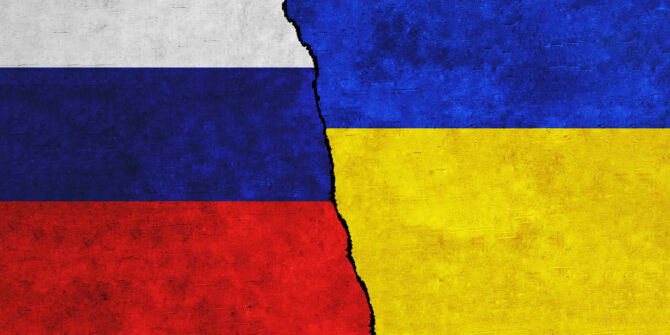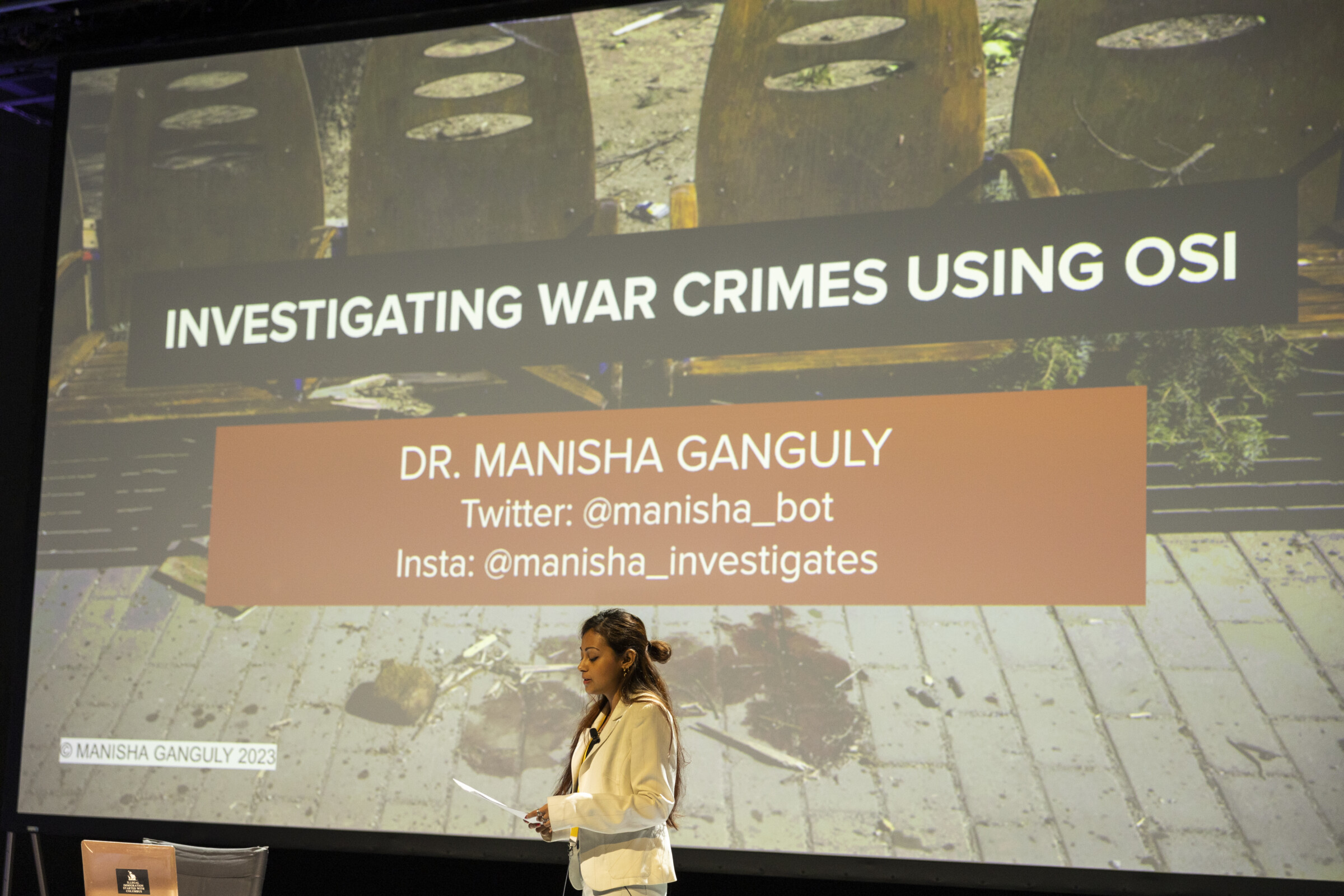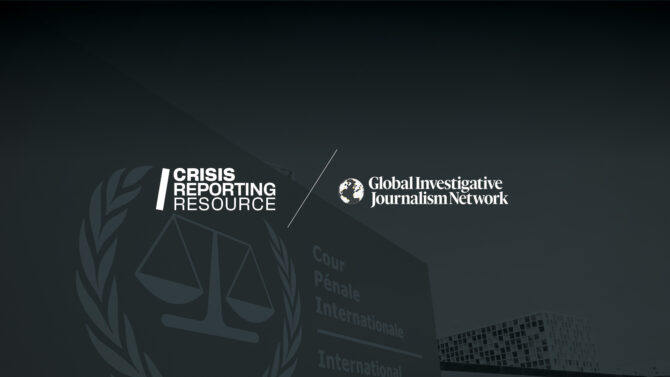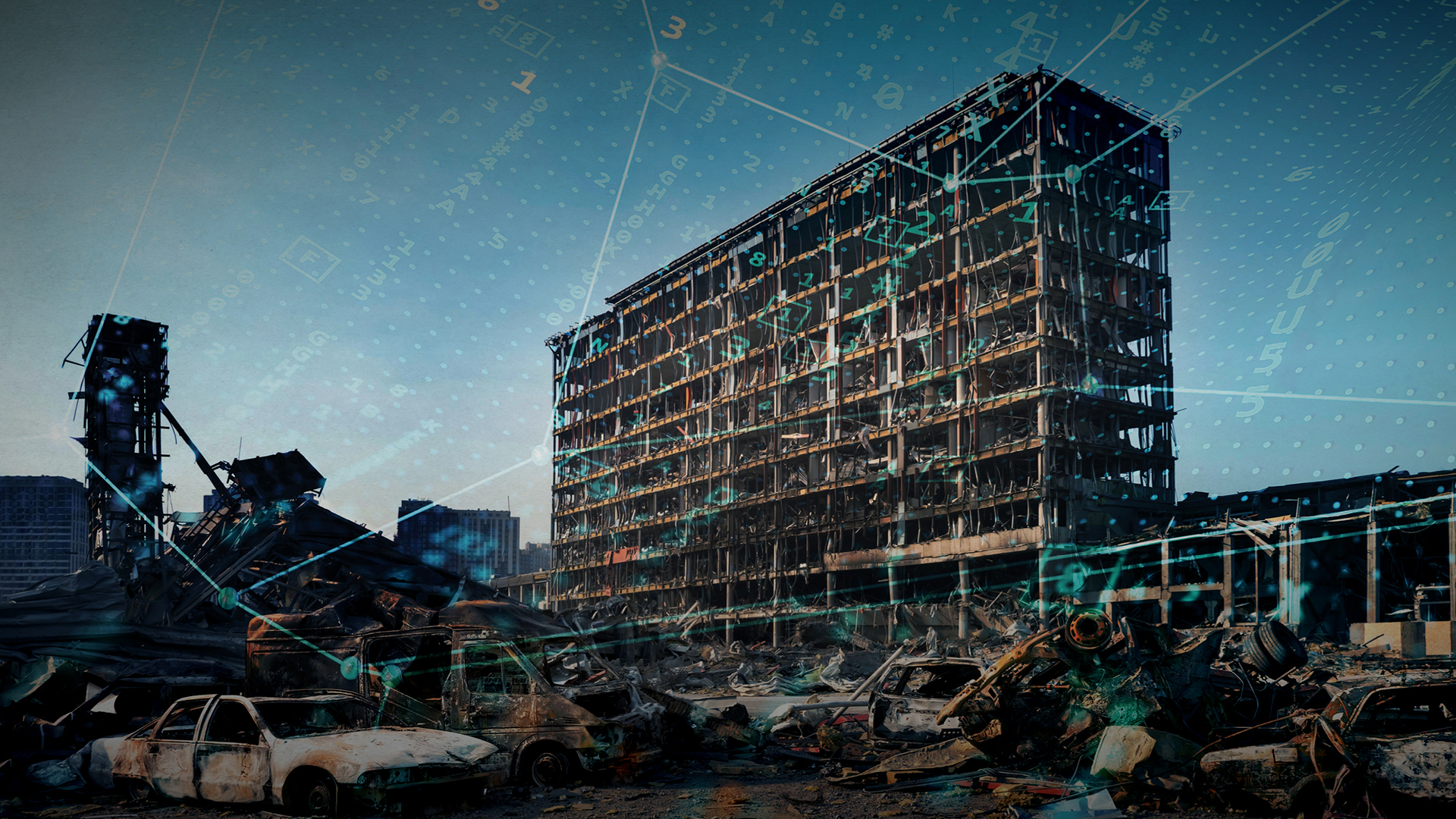Dr. Manisha Ganguly discussed at the iMEdD International Journalism Forum the techniques journalists can employ to investigate potential war crimes using information readily accessible to the public.
This article, published by iMEdD, is available for republication under a Creative Commons license.
What does a 20th century photographer have in common with an investigative journalist in 2023? Both must place emphasis on observation. “You have to look, and looking is so difficult.” With these words attributed to French photographer Henri Cartier-Bresson, Dr. Manisha Ganguly started her workshop in Athens, Greece, as part of the iMEdD International Journalism Forum. The workshop titled “Investigating war crimes using OSINT” offered participants insights into the legal framework surrounding war crimes, as well as basic principles and methodologies when working with Open Source Intelligence (OSINT) sources. Additionally, it offered tips and best practices to safeguard journalists investigating war crimes through OSINT.
15 Tips for Investigating War Crimes

GIJN – 15 tips and techniques for investigating war crimes.
What qualifies as a war crime?
The initial task for a journalist involves the ability to recognise what qualifies as a war crime. Consequently, understanding the legal framework applicable during times of war is essential. The four Geneva Conventions, established in 1949, form the foundational legal principles governing wartime conduct. The distinction between an armed conflict and other situations is defined by the International Committee of the Red Cross (ICRC). “I know it sounds strange, but the mere act of going to war doesn’t automatically qualify it as an armed conflict subject to International Humanitarian Law,” Manisha Ganguly pointed out during her workshop. That is why the International Committee of the Red Cross outlines the definition of International Humanitarian Law (IHL) and further specifies the situations in which it is applicable. Additionally, it supplies media professionals with an array of helpful sources concerning International Humanitarian Law. The list of actions considered war crimes is detailed in Articles 7 and 8 of the Rome Statute of the International Criminal Court.
The Global Investigative Journalism Network’s guide to war crimes explains that, according to contemporary international law, the term “war crime” refers to “a subset of serious violations of International Humanitarian Law that lead to individual criminal responsibility.” However, it is essential to acknowledge that a violation of the law of war doesn’t always satisfy the criteria to be classified as a “war crime.”
In her workshop, Manisha Ganguly outlined the four main categories of war crimes: genocide, crimes against peace, crimes against humanity, and violations of the customs applicable in international armed conflict.
What is OSINT?
Open Source Information Sources (OSINT), as per Manisha Ganguly, refer to “information that is publicly accessible to everyone, which can be obtained legally and ethically from public sources.” The surge in Internet use and the resulting “information explosion,” coupled with technological advancements such as social media and satellites, has significantly contributed to the widespread adoption of OSINT. Journalists and researchers are increasingly opting for open source sources in their reporting and research.

Know what to look for
Examples of war crimes documented using OSINT include:
- Targeting civilians and civilian facilities not used for military purposes.
- Attacks on protected targets, such as hospitals and schools.
- Targeting first responders (doctors, rescuers, journalists), also known as double tap attacks.
- Employing prohibited weapons, such as cluster munitions, chemical, and biological weapons.
- Desecrating enemy corpses.
- Desecrating civilian bodies.
- Conducting hostilities against surrendered opponents.
- Committing acts of sexual violence in times of war.
- Torturing individuals.
- Utilising child soldiers.
- Looting.
When it comes to open-source research on war crimes, the best source is simply social media
Manisha Ganguly, Investigative Journalist/Academic
Know where to look
“When it comes to open-source research on war crimes, the best source is simply social media,” Manisha Ganguly emphasised during her workshop. Facebook, Telegram, Twitter, Instagram, TikTok—platforms primarily associated with entertainment for many—can serve as valuable resources for investigative journalists. Particularly when concentrating on a specific geographic area, an understanding of locally prevalent social media is crucial. For instance, in Eastern Europe, platforms like Telegram and VK boast extensive user bases. A journalist aiming to report on war crimes in Ukraine will discover significant information on these platforms.
Tools dedicated to movement and transport tracking can offer valuable resources as well. Marine Traffic specializes in vessel tracking, while Flightradar 24 and ADSB Exchange focus on aircraft tracking.
Verify
Ensuring the quality and credibility of our reporting is paramount, and this necessitates thorough verification of information sourced from social media and digital tools. Some of the tools that can aid in verifying information found in photos and videos on the Internet include InVid, Google Reverse Image Search, TinEye, RevEye, Yandex, Amnesty Video Verification, and Exiftool.
Geolocation and chronolocation offer additional methods for collecting and verifying information. Useful tools for these techniques include Google Earth, Yandex Maps, Sentinel Hub, Echosec, Wikimapia, and Suncalc. According to Manisha Ganguly, Liveuamap is recommended as the preferred tool for new journalists to begin utilising geolocation techniques.
Archiving
Often, material posted on social media may be deleted and/or no longer publicly available. This is why it is essential to archive and back up all the data we collect from the internet. This can be accomplished by storing the data either on a physical hard drive or an online one, such as Google Drive. It’s important to highlight that storing data on Google Drive alters the metadata of digital files, rendering them unusable as evidence in criminal cases, including war crimes. Additional online tools like Hunchly, WayBack Machine, and Google Sheets can also provide assistance in this regard.
Power down the computer!
Despite the significance of online research, in the realm of the internet and social media, collaboration with human sources is a crucial step, yet frequently disregarded. Reaching out to individuals and documenting testimonies in the field can unearth new facts regarding a potential war crime incident. “Establishing an emotional connection with people is essential. Data can be very clinical. That connection ensures a sense of solidarity with the victims of a war crime.”
Investigating war crimes: What is legal in war?

This chapter by GIJN lays out a basic overview of the laws that apply in armed conflict.
Safety and Protection
In instances where the investigation uncovers criminal activity attributed to specific individuals and/or groups, the principle of the right of reply comes into play. Consequently, journalists should reach out to the individuals implicated, affording them the opportunity to respond, either by denying or admitting their involvement or guilt.
When it comes to security in OSINT research, essential measures include using a VPN, effectively managing passwords, implementing two-factor authentication, and regularly updating the relevant software.
If needed, journalists can reach out to a non-profit organisation specialising in digital (and non-digital) safety issues for journalists and internet users. As an illustration, Manisha Ganguly highlighted organisations such as Access Now, Committee to Protect Journalists, Reporters Without Borders, and The Citizen Lab as valuable resources.
An often overlooked factor in war crimes investigations is the psychological trauma experienced by investigative journalists. In the workshop, strategies for preventing and mitigating trauma were provided to journalists involved in reporting on war crimes through OSINT.
- Avoid immediately diving into content that you know will be distressing. Take some time to mentally prepare yourself for what you are about to see.
- When watching videos with graphic content, consider turning off the sound.
- Cover part of the screen while watching videos to enhance concentration and shield yourself from particularly harsh images.
- Write down and analyse the content you engage with to minimise the necessity for frequent re-watching, which can lead to retraumatisation.
- Take regular breaks, ideally every 45 minutes to an hour.
- Engage in conversations with people close to you. Trauma can stem from the journalist straddling two different worlds—exposure to the harsh images of war in their professional life and their personal life. Open discussions with loved ones can bridge these worlds and contribute to preventing the normalisation of the war and its effects.
- Avoid watching distressing content at night.
- Take frequent breaks and maintain a necessary distance from the investigation.
Manisha Ganguly’s workshop concluded with questions from the audience, addressing additional topics such as digital security for journalists, humanitarian aid in war zones, information verification, and misinformation in cases of war crimes.
